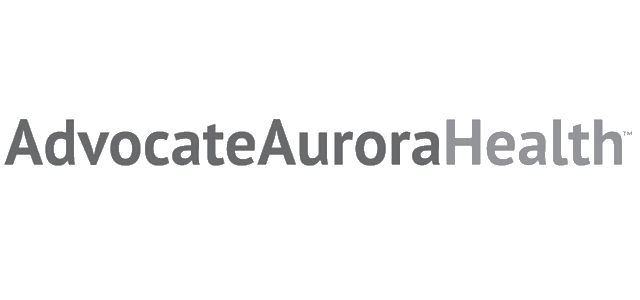Introduction
Depression and Aging
Depression is not a normal part of ageing. For many older adults with depression, sadness is not their main symptom. Therefore, Emergency Department providers may be less likely to recognize that their patient has depression.
They may have other, less obvious symptoms of depression, general complaints, or they may not be willing to talk about their feelings. Sometimes older people who are depressed appear to feel tired, have trouble sleeping, or seem irritable. Older adults also may have more comorbid conditions, such as heart disease, stroke, or cancer, which may be intertwined with depressive symptoms. Some older adults may be taking medications with side effects that contribute to depression.
Emergency Department providers may miss the diagnosis of depression while focusing in on the patient’s injury or their concurrent medical conditions. Other providers may hesitate to start new behavioral health treatments, given the limited ability to follow the patient after the interaction. Furthermore, there may be good reason to not start medical management, given a limited interaction in the context of an emergency room visit.
Adding to the complexity is the problem of not having adequate access to behavioral health providers to follow-up older patients who have been seen in the Emergency Department. Depression, even major depression, is treatable. If behavioral health providers are unavailable for patient follow-up, ensure that they have a follow-up with their primary physician to explore treatment options that can greatly improve the patient’s quality of life.

Ten key Emergency Department practice strategies to improve care for older patients with depression:
- Define who needs access to emergency behavioral health services. Is there suicidal or homicidal ideation? Is there inability to perform self-care in their current support environment due to psychiatric symptoms?
- Take a careful history of the onset of the problem and the time course of the patient’s symptoms. Contact a caregiver, family member, and/or PCP to review the presentation and develop a care plan for after the ED.
- Determine if there are concurrent medical problems that need to be addressed. Some medical illnesses increase the chance of depression, e.g. cerebrovascular disease, Parkinson’s disease, hypothyroidism, persistent pain, etc. Are there concurrent geriatric syndromes such as falls, sensory deficits, delirium, incontinence, weight loss, malnutrition, or fatigue?
- Carefully review the medication list and adherence to such medications.
- Determine if there are any changes in function (basic self- cares or executive function) that would need to be supported. Who is available to help? Does the patient have access to community programs (e.g. Meals on Wheels, community day sites, etc.) to support their needs?
- Define if there is concurrent cognitive impairment which increases the risk of depression and anxiety.
- Define if there are concurrent behavioral health needs: substance use disorders, anxiety, post-traumatic stress disorder, social isolation, or loneliness.
- Understand more about the person. What matters most to them at this point in their lives? How are they coping and who helps them? Are there any recent stressors such as loss or illness of a loved one, serious diagnosis, caregiver or financial stress, loss of independence, or a recent move?
- Access a behavioral health liaison who can help to gather information and guide the care plan. Prepare the patient for transitions to their primary care and behavioral health clinic.
- Consider a short ED screen for depression. These include the Patient Health Questionnaire (PHQ2 and PHQ 9) and Geriatric Depression Scale (Short Form).
References
https://www.nia.nih.gov/health/depression-and-older-adults


